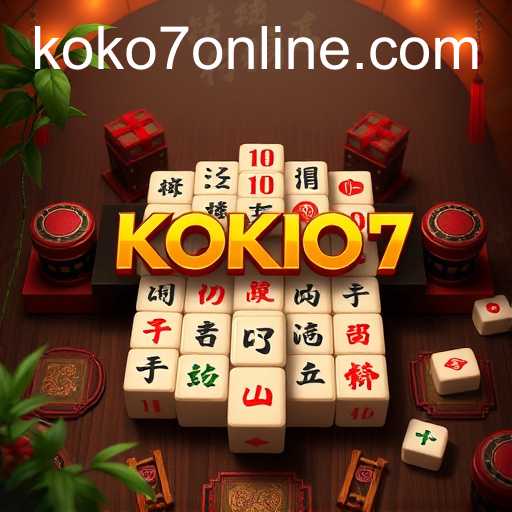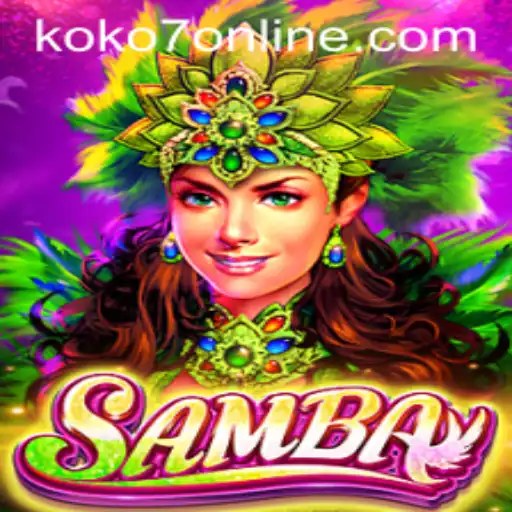Mahjong


Exploring the World of Mahjong: The Traditional Game and the Rise of KOKO7

Exploring the World of Mahjong: The Traditional Game and the Rise of KOKO7
Mahjong is a captivating game that has woven itself into the cultural fabric of many East Asian societies. Originating in China, this game of skill, strategy, and calculation has evolved over centuries, capturing the interest of players worldwide. In recent times, the introduction of KOKO7 has added new dimensions to this age-old pastime, bringing a modern twist to the traditional gameplay.
The Historical Roots of Mahjong
Mahjong's origins are deeply rooted in Chinese culture, with some historians tracing its development back to the Qing dynasty. The traditional game is played with 144 tiles based on Chinese characters and symbols, which are divided into different suits, including characters, bamboos, and circles. Each tile has a unique significance, and understanding these intricacies is vital for mastering the game.
As Mahjong became popular throughout China's regions, various adaptations emerged, each reflecting the local customs and tastes. This diversity in rules and styles has contributed to the rich tapestry of Mahjong games played today, from the simplified American Mahjong to the more complex Japanese Riichi Mahjong.
Understanding the Basics of Mahjong Gameplay
At its core, Mahjong is a game for four players, where the objective is to build a complete hand consisting of sets and a pair. The game is played with 13 tiles, and players take turns drawing and discarding tiles to improve their hands. Winning hands typically comprise combinations such as Pongs (three identical tiles), Kongs (four identical tiles), and Chows (sequences of tiles in the same suit).
Players must also remain vigilant of their opponents' moves, as a key strategy involves interpreting the discarded tiles and predicting the other players' plans. The complexity of Mahjong lies in balancing defensive and offensive strategies, requiring players to exhibit both analytical skills and foresight.
Cultural Significance of Mahjong
Mahjong is more than just a game; it is a cultural phenomenon that embodies social bonding and intellectual challenge. It has been featured in literature, films, and art, often symbolizing family unity, strategic prowess, and leisure. Playing Mahjong has become a staple activity during Chinese New Year celebrations, family gatherings, and community events, reinforcing its role as a cultural bridge across generations.
The game also possesses a deep symbolic meaning in many Asian cultures, representing prosperity and continuity. This has made Mahjong an enduring part of traditions, especially where elder generations pass on their skills and knowledge to the young.
Introducing KOKO7: A Modern Adaptation
While traditional Mahjong continues to thrive, new adaptations like KOKO7 are gaining popularity, especially among younger audiences. KOKO7 aims to modernize Mahjong by infusing it with contemporary elements, making it more accessible and appealing in a fast-paced digital world.
KOKO7 simplifies traditional Mahjong rules, offering a streamlined version that maintains the essence of the original game while speeding up the gameplay. It embraces the strategic depth of Mahjong but packages it in a way that accommodates broader skill levels and preferences. This approach has attracted a global audience, creating a community of enthusiasts who appreciate this blend of tradition and innovation.
The Digital Transformation of Mahjong
The advent of online gaming platforms has revolutionized the way Mahjong is played and enjoyed. Digital adaptations allow enthusiasts to connect and compete with each other globally, transcending geographical boundaries. KOKO7 fits perfectly into this digital landscape, providing an interface that is both intuitive and engaging.
With user-friendly designs, these platforms invite users from all walks of life to experience the game, participate in tournaments, and improve their skills. KOKO7's approach to Mahjong has even spawned new formats, including team-based play and timed challenges, further diversifying the ways people can engage with the game.
Conclusion
Mahjong's rich history and cultural significance continue to captivate players globally. The introduction of modern adaptations like KOKO7 ensures that the game remains vibrant and relevant, bridging traditional roots with modern gaming preferences. As Mahjong evolves, it retains its core values, offering an intellectual escape and a platform for social interaction that transcends cultural barriers.
Exploring the Captivating World of Samba: Introducing KOKO7
Dive into the engaging universe of the game 'Samba', exploring its unique elements, introduction, and rules, and how it connects with current events.
Unveiling TreasureHunt: The Adventurous Quest Embarkation with KOKO7
Explore the thrilling world of TreasureHunt, a captivating game weaving excitement and strategy with the intriguing keyword KOKO7. Engage with immersive rules and interactive gameplay set against a backdrop of modern events.
Discovering the Magic of IrishReels
Explore the vibrant game world of IrishReels, understand its features, and enjoy an engaging play experience.
 Skip to content
Skip to content




